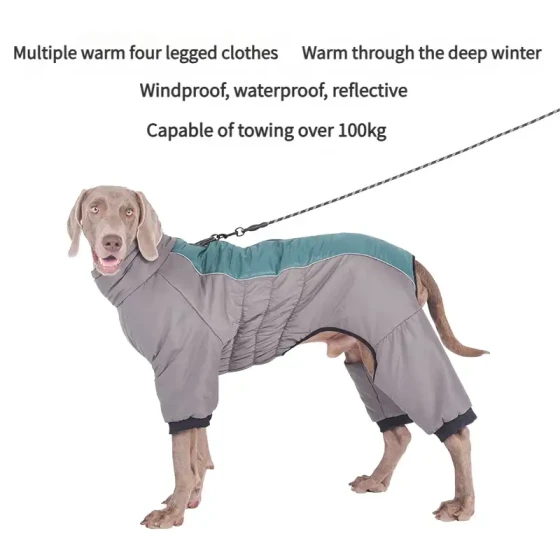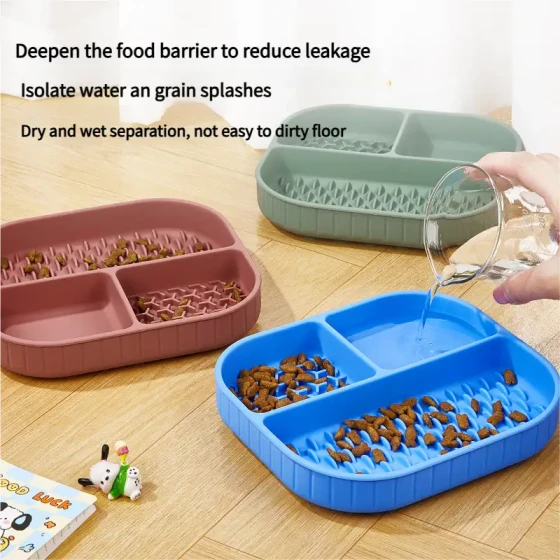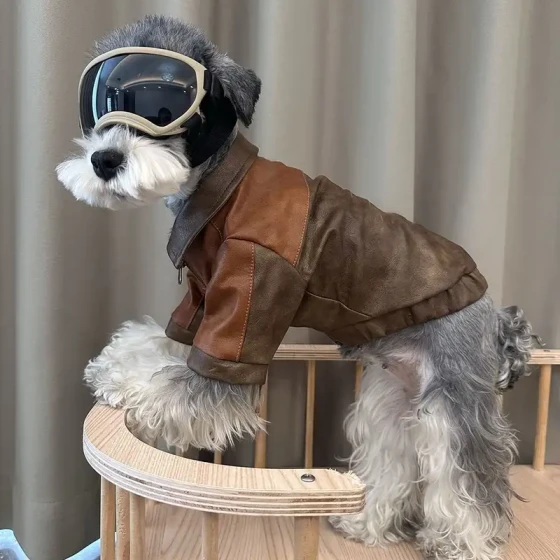Key Points for Summer Care of Dogs
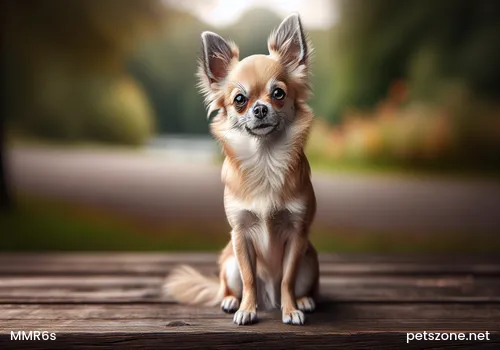
With the exacerbation of the earth's greenhouse effect, summers are getting longer. Like humans, continuous high temperature and humidity can also make dogs uncomfortable or even cause some diseases. However, many issues can be avoided with attentive daily care. This article provides an overview of the key points for summer care of dogs.
1. Hair trimming
Previous articles mentioned that the coat, aside from insulation, also provides strong protection for dogs. Especially in hot summers, when ultraviolet radiation peaks annually, the coat protects dogs from damage. Therefore, even in summer, we advocate appropriate trimming of the dog's coat rather than shaving it off entirely.
2. Bathing
Many owners often bathe their dogs with cold water to cool them down or even let them jump into rivers to swim freely. However, rivers and lakes contain many parasites and are polluted nowadays, which could pose health risks to dogs. Additionally, many owners think that due to the high summer temperatures, dogs don’t need to be blow-dried after baths. This is a serious misconception since summer heat comes with high humidity, and a dog's coat can trap moisture. If not dried promptly, dogs are prone to skin diseases.
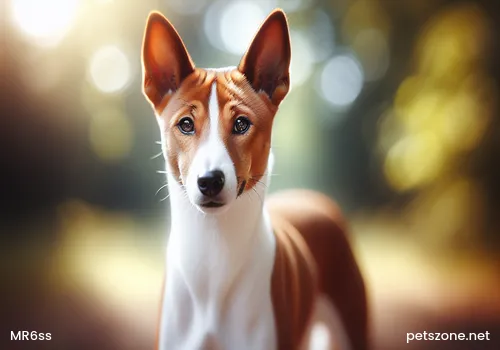
Figure 1 Leech burrowed into a dog's nose
3. Diet
Like humans, the summer heat can affect dogs’ appetite. You can switch to dog food with lower fat content. The “three fixed” feeding principle (fixed times, fixed places, fixed quantities) should be strictly followed to prevent leftover food from spoiling. Also, pay attention to dog food storage and discard the entire bag if spoilage is detected. Try to avoid feeding dogs raw or cold food to prevent gastrointestinal discomfort. During the hottest periods, you can add a small amount of ice cubes or cold water to their drinking water for cooling without being too cold.
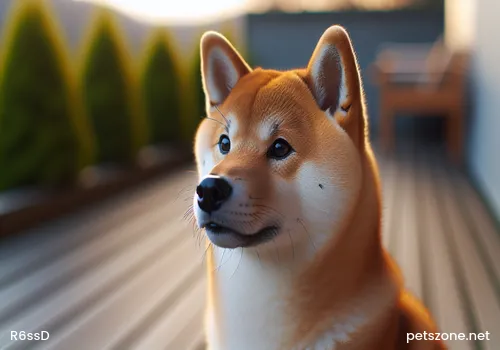
Figure 2 Moldy dog food
4. Parasite control
Summer is a high season for external parasites. Timely external parasite control should be done, commonly using spot-on treatments, sprays, or medicated collars. When walking dogs, try to avoid letting them play in grass for extended periods.

Figure 3 Common external parasite of dogs - fleas
5. Cooling down
Many owners, concerned about their beloved dogs, keep them in air-conditioned rooms for long periods. However, just like humans get "air conditioning sickness," dogs can also feel unwell. The correct approach is to let dogs stay in shaded and ventilated areas with ample clean drinking water. During hot periods, a fan can be used. During the hottest times, dogs can be brought temporarily into air-conditioned rooms but pay attention: if the dog just returned from outdoors or has just exercised, let them calm down in the shade first before entering the air-conditioned space, and do not keep them inside for too long.
6. Dog walking
In summer, besides avoiding grass as mentioned above, walk dogs early in the morning or at dusk to avoid direct sunlight. Also, for longer walks, bring sufficient drinking water. A reminder: since early mornings and evenings coincide with peak pedestrian traffic, always keep your dog on a leash to avoid accidents.
7. Emergency treatment
For mild heatstroke symptoms such as lethargy, dry nose leather, or rapid breathing, bring the dog to a shaded place and sprinkle cool water on its body (do not use ice cubes or ice water) to help cool down. Add a small amount of glucose and salt to drinking water to prevent dehydration and electrolyte imbalance. For severe heatstroke symptoms like heavy panting, confusion, unsteady walking, frothing at the mouth, or inability to drink independently, cool the dog immediately and take it to a veterinary hospital. For mild diarrhea, stop feeding and give homemade "glucose salt water". Consult a vet if symptoms worsen.
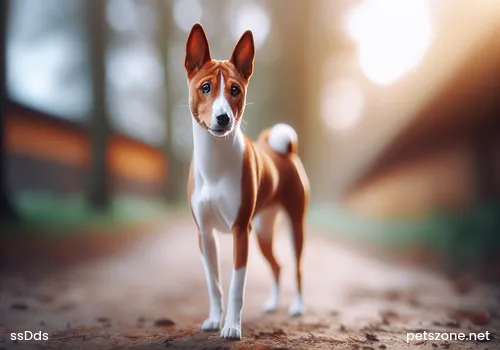
Figure 4 Sprinkling water on a dog to lower body temperature
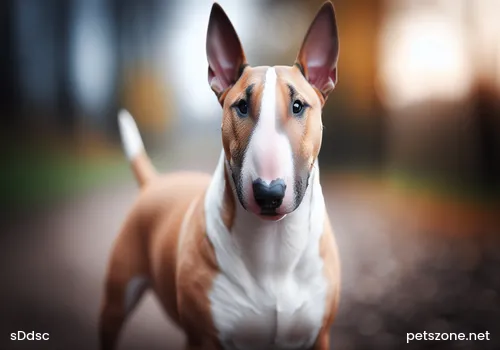
Figure 5 Dog receiving intravenous therapy due to heatstroke
8. Other precautions
If the doghouse is outdoor, move it to a shady place and add sunshade equipment. Ensure sufficient clean drinking water is provided. Never leave a dog alone inside a car.
Actually, most dog breeds do not have major problems with summer. As long as the owner pays attention and takes preventive measures, it is believed dogs can safely get through the season.
